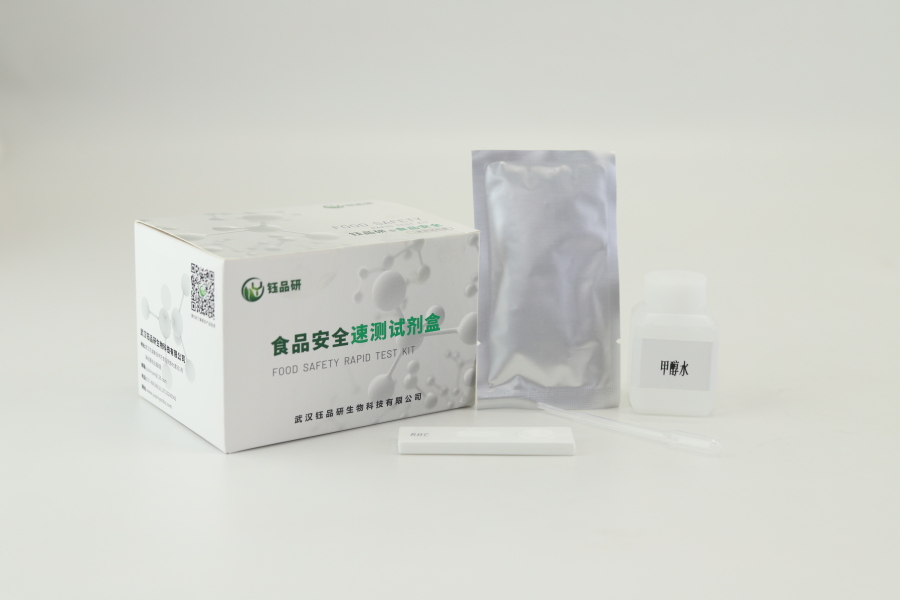As an important part of the daily diet of the public, the quality and safety of aquatic products and animal products are directly related to consumer health. In the increasingly strict supervision of food safety, fast and accurate detection technology has become the key to controlling product safety. Among them, the colloidal gold card test report has been widely used in the field of aquatic and animal product safety testing due to its advantages of simple operation and short time consumption.
So, what is the colloidal gold card test report for aquatic products and animal products? Simply put, it is a test result report generated by colloidal gold immunochromatography technology, which is mainly used for rapid screening of aquatic products and animal products for possible harmful substances (such as veterinary drug residues, heavy metals, microorganisms, biotoxins, etc.). This technology uses specific antibodies to label colloidal gold particles, and uses the principle of specific binding of antigens and antibodies to form a color-developing strip on the test strip, so as to determine the presence and content of the target substance in the sample. The core advantage of
colloidal gold card test report is "fast" and "convenient". Traditional detection methods often require complex preprocessing and precision instruments, which take hours or even days; while colloidal gold card detection can be completed in 10-30 minutes, without the need for professional laboratory equipment. It can be operated by grassroots regulators and corporate self-testing personnel, which greatly improves the detection efficiency. In addition, its low cost and intuitive color development (judging the results by the naked eye or a simple reader) also make it an ideal choice for on-site rapid screening.
In the application scenario, the colloidal gold card test report is often used in the following types of situations: first, the quality control in the production process of enterprises, real-time monitoring of raw materials, work in progress and safety risks in finished products; second, the rapid sampling inspection of market supervision departments, preliminary screening of products in the circulation link, timely detection of problem products; third, import and export inspection and quarantine, rapid compliance testing of exported aquatic products and livestock products to ensure compliance with target country standards.
The content of the report usually includes sample information (such as product name, test batch, sampling location, etc.), test items (such as antibiotics, pesticide residues, pathogenic bacteria, etc.), test results (positive/negative/quantitative value), test basis (relevant national standards or industry standards) and conclusion recommendations (such as whether it is qualified, whether it needs further re-inspection, etc.). This information provides first-hand data for food safety supervision, and also helps enterprises to adjust production processes in a timely manner to reduce risks.
It should be noted that although the colloidal gold card test report is fast and convenient, it also has certain limitations. For example, the detection accuracy may be slightly lower than that of large instruments (such as high-performance liquid chromatography, mass spectrometry, etc.). The results may be affected by sample pre-processing and environmental factors. Therefore, in practical applications, positive samples usually need to be reviewed and confirmed by standard methods.
With the continuous optimization of technology, the accuracy and scope of application of colloidal gold card test reports continue to improve, and it has become an indispensable part of the safety testing system of aquatic products and animal products. It not only provides efficient screening tools for regulatory authorities, but also builds a quality defense line for enterprises, and ultimately guarantees the "safety on the tip of the tongue" of consumers.


